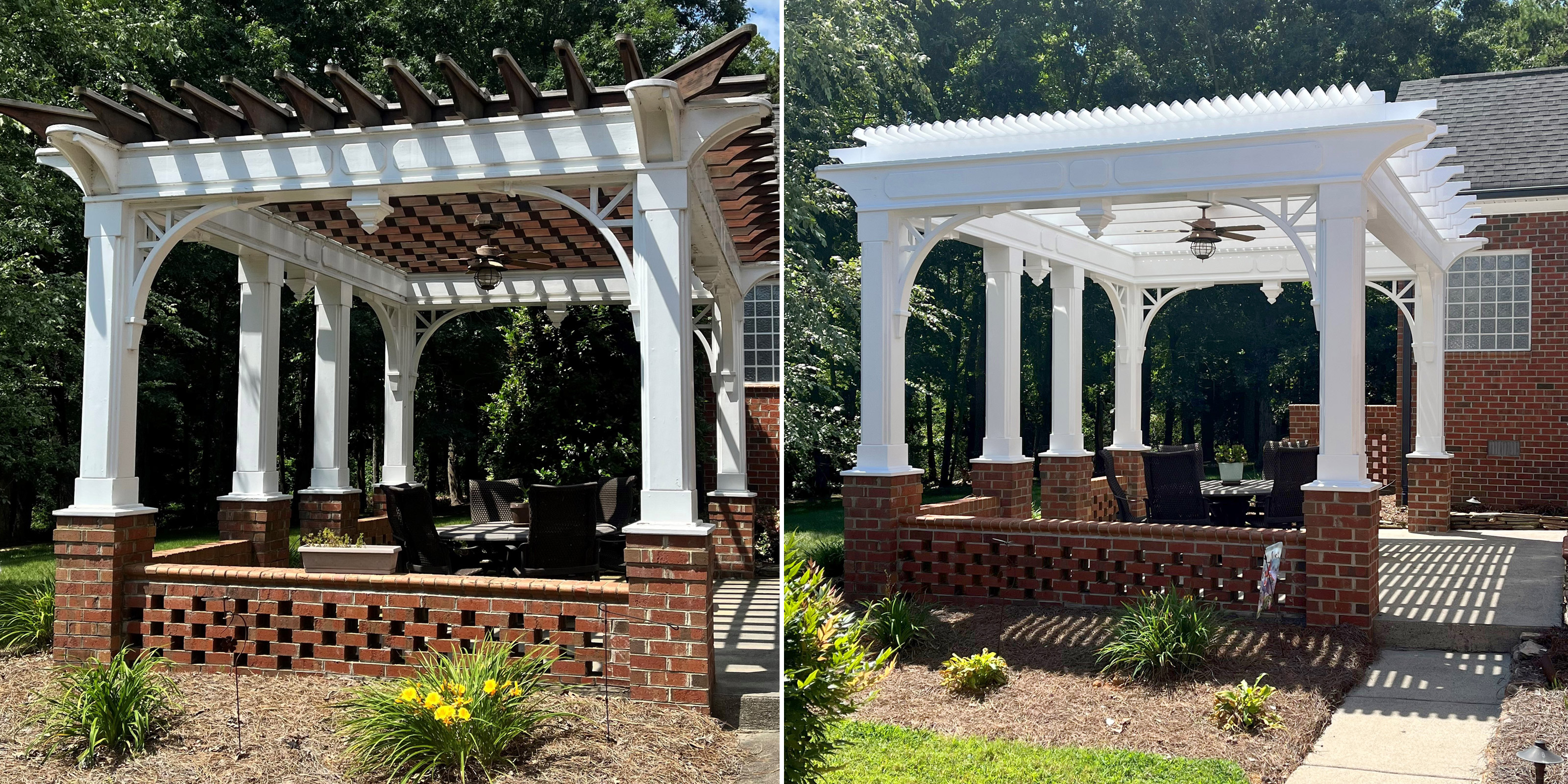Curtain Wall: Kinds, Components, Benefits & Downsides

- These systems consist of pre-fabricated components that are comprised of multiple elements, including glass panels, steel framing, insulation, and air obstacles.As drape walls are non-structural this suggests that they only support their very own weight and not that of the entire structure, and rather straight all the stress of their gravity onto the major structure.These systems do not require the individual installment of each part and are commonly used in high-rise buildings because they do not call for outside sustains like cranes or scaffolding.Curtain wall surface systems play a significant role in improving the sustainability and energy performance of structures.

Objectives Of Drape Wall Surface Systems
Curtain walls have actually recently ended up being a defining attribute of modern-day style, with their streamlined and elegant style. Nevertheless, regardless of appreciating its aesthetic structure, what is the curtain wall surface precisely? That's why, in this short article, we will delve into numerous factors of a curtain wall surface system, including its types, materials, benefits, etc.
Among the primary benefits of point-supported glass curtain wall systems is their capacity to produce a seamless and continuous sight of the surrounding atmosphere. The large glass panels supply unhampered views, while the minimal use structural assistances creates a smooth and modern look that is ideal for premium jobs. One of the main advantages of semi-unitized drape wall surface systems is their versatility. A drape wall surface system is a sort of building material that is slim and lightweight normally constructed from light weight aluminum and glass. Unlike various other products, it is not made to birth architectural lots however rather to sustain only its very own weight.Including the effects of thermal development and contraction, the sway and motion of a building, and thermal efficiency, curtain walls are valuable. Before shipping to the structure website for installment, a unitized curtain-wall system consists of big units that are pre-assembled and glazed in the factory. Thermal efficiency, audio transmission, and fire safety and security come to be the crucial efficiency criteria of the unitized curtain-walling system.
In addition to withstanding wind and seismic forces, drape walls should also stand up to gravity lots and temperature level modifications. In the stick curtain-wall system, the walls are usually suspended before structural steel or concrete framework, and these walls are non-load bearing walls. These walling systems are flexible and enable incorporating various other methods such as gliding doors and windows.
As gone over previously in this write-up, various other important considerations pertaining to polishing selection include handling solar heat gain, glare control, thermal insulation performance, and acoustic buildings. The integration of advanced technologies like 3D printing and electronic construction is changing curtain wall surface systems. These approaches allow for accuracy in design and modification that were previously unattainable.
Careful positioning is vital to avoid damaging communications in between nearby materials, such as alkali attack on aluminium when in contact with concrete or fibre concrete. These facades can adapt their buildings based upon exterior problems with technologies like electrochromic glass, which alters color in response to sunlight intensity. For extra safeguarding, apply sealant substances every ten years after installment.
Attending To Structural Integrity, Seismic Resilience, And Thermal Efficiency
There are 3 main kinds of glass drape walls unitized, stick, and architectural glazed. Modern drape wall creates incorporate lasting products and advanced https://charliekhud058.bearsfanteamshop.com/6-kinds-of-window-glass-2025 innovations aimed at boosting energy performance and ecological efficiency. These layouts typically include high-performance glazing, thermal breaks, and other technologies that enhance building sustainability. A curtain wall is a thin wall surface or dividing aspect that is connected to the external section of the structure. These wall surfaces aid in providing a separation in between a building and the environmental pressures acting on it. It is important to understand that exterior curtain walls do not offer any architectural assistance for the building floorings or roofs.
Drape walls can incorporate different extra functions, such as incorporated sunshades, solar panels, or ventilated exteriors, enhancing the general performance and power effectiveness of the structure. Drape wall systems are usually installed as an outer layer that does not add to the structural stability of the building. Instead, they serve as a safety obstacle against environmental aspects, offering insulation, weather condition resistance, and soundproofing. When intending to field-drill right into flooring slabs or other concrete structural components, it is essential to think about where rebar or post-tensioning cables are to be located. This needs close coordination between building and architectural disciplines and requirements specialists. Supports need to be made to transfer load from the drape wall to the structure condition. Curtain wall anchorage need to be developed for each task's problems as a result of almost limitless combinations of tons, resistances, motions, and substratums. The perfect splice area in curtain wall framework is commonly 20-- 22 percent of the period, happening at the zero-moment point, where flexural stress and anxieties reverse from compression to tension at mullion flanges.